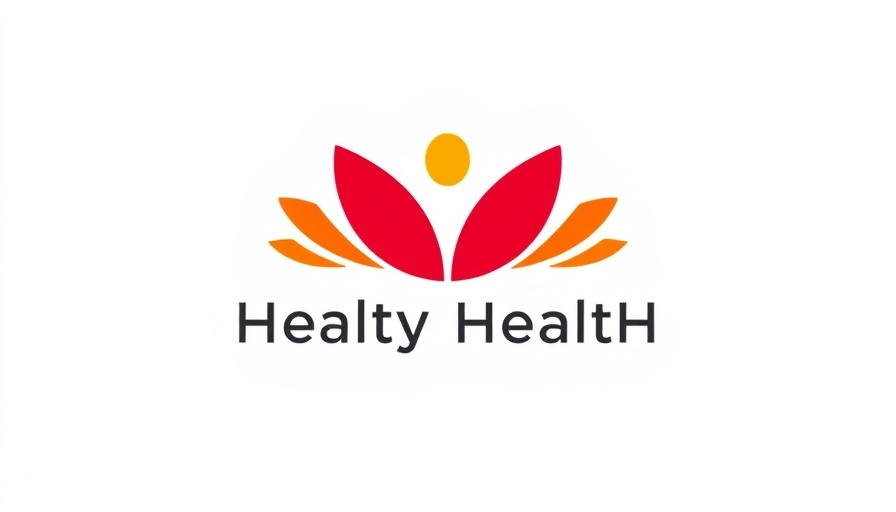
World Sight Day 2025: A Call to Action for Eye Health Equity
Every year, the second Thursday of October brings a dedicated moment for individuals and organizations around the world to turn their gaze toward eye health. This year, on World Sight Day 2025, the World Health Organization (WHO) has pushed for a stronger commitment to achieving equity in eye health. With the theme of "Love Your Eyes," this initiative emphasizes the critical need for accessible, available, and affordable eye care for everyone, everywhere.
The Importance of Healthy Vision
Vision plays a significant role in our daily lives contributing to overall well-being. It influences everything from how we learn in school to our performance at work. However, despite these undeniable benefits, vision impairment continues to be a pressing public health issue. Without targeted interventions, the global prevalence of vision loss is anticipated to grow.
A Historical Perspective on Global Eye Health Initiatives
Over the past few decades, organizations like the WHO and various non-profits have embarked on initiatives to combat preventable blindness. One of the significant endeavors was the Vision 2020 program, launched to eliminate avoidable blindness by 2020. While progress has been made, especially in the African region—where the incidence of blindness from conditions such as vitamin A deficiency and onchocerciasis has lowered—the rise in lifestyle-related vision impairments like refractive errors and cataracts highlights a contemporary challenge.
Current Challenges and Statistics in Eye Care Access
Despite progress, substantial barriers remain. As of 2021, only 32% of countries in the African region had national policies addressing vision loss and blindness effectively. Alarmingly, effective coverage for cataract surgery stands at just 26%, meaning that less than one in four individuals requiring surgery actually receive it. Likewise, only 30% of those needing corrective eyewear have been successfully treated. These statistics underscore the urgency for an integrated health system focused on improved eye care services.
The SPECS 2030 Initiative: A Glimmer of Hope
In response to these challenges, the SPECS 2030 initiative, launched by WHO, aims to ensure that all individuals needing refractive error services have access to affordable and quality care by 2030. Member States are exploring ways to connect with stakeholders and develop work plans. However, the overarching goal can only be achieved through greater awareness, reduced stigma, and an increase in national policies dedicated to eye health.
The Role of Community-Based Eye Care Solutions
Innovations like the establishment of vision centers in rural communities play a pivotal role in bridging the gap in eye health access. These centers, often staffed by trained personnel, provide vital services such as eye examinations and vision corrections. By integrating community outreach and education about eye health, these centers can significantly increase awareness and early detection of vision impairments.
Looking Forward: Opportunities for Improvement
As we forge ahead, it is important for community members, governments, and organizations to collaborate in advocating for stronger eye health policies. Initiatives such as the Early Detection of Vision Impairments for Children (EDVI) Act in the U.S. underscore the need for systematic approaches to eye health, emphasizing early detection and coordinated care as fundamental to preventing avoidable vision loss.
Take Action on World Sight Day
World Sight Day serves as a reminder of the critical role of good vision in our lives and the urgent need for equitable access to eye care services. By uniting efforts to spread awareness and providing necessary resources, we can make strides towards ensuring that everyone has the opportunity to love and protect their eyes.
Whether through participating in local vision screening events or advocating for health policy changes, every individual can contribute to a brighter future for eye health.
 Add Row
Add Row  Add
Add 




Write A Comment